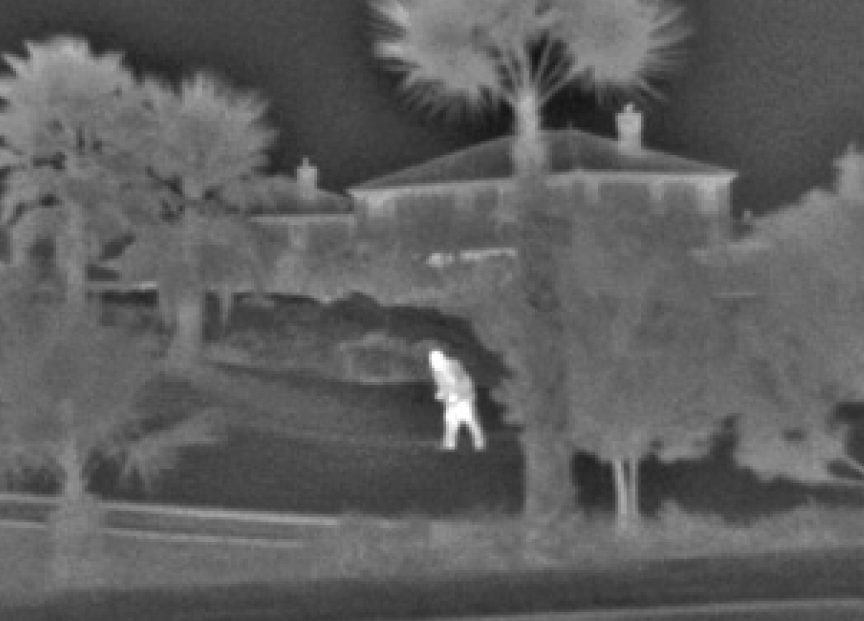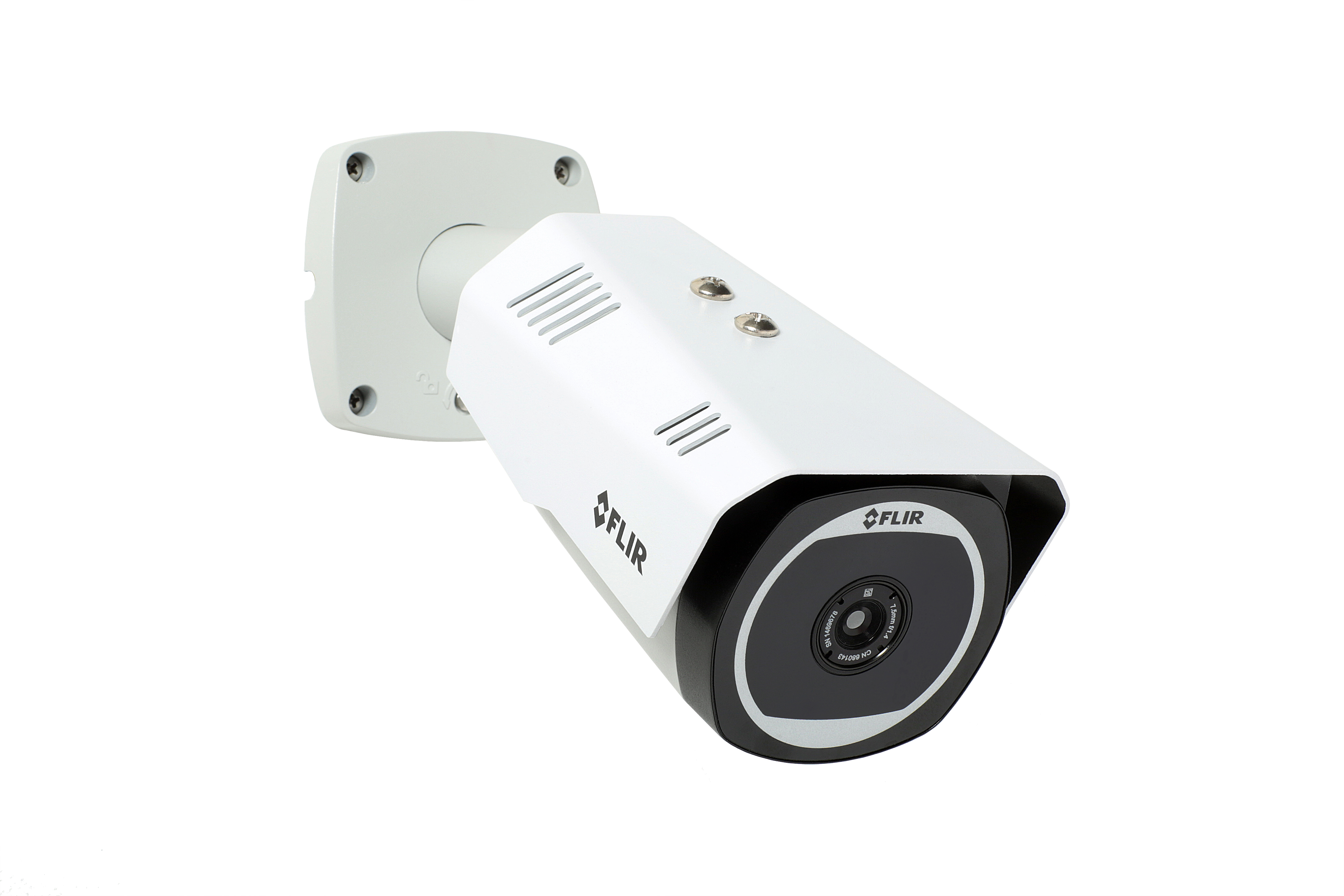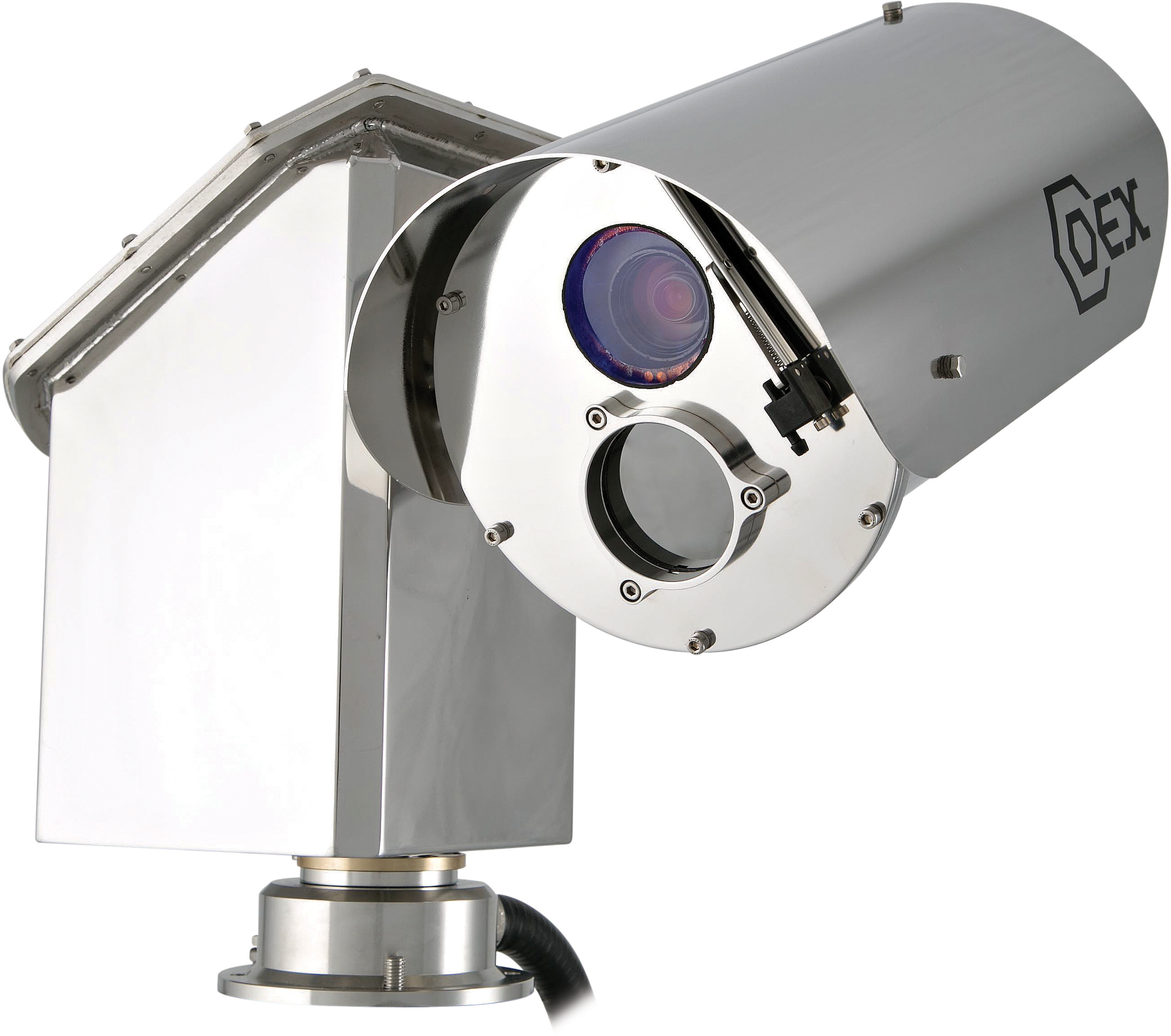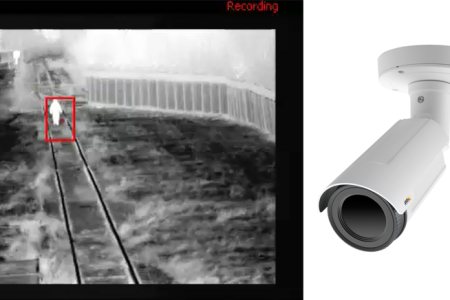Thermal Camera Top Tips
Tim Compston, features editor at SecurityNewsDesk, lifts the lid on the world of thermal cameras and ways to maximise their performance.
As the footprint of thermal cameras, at the perimeter and for area surveillance, expands at a prodigious rate we talk to key vendors for some best practice advice on this up and coming technology in the commercial security space.
A global view
Martina Lundh, global product manager for thermal cameras at Axis, has been with the company since it launched its first thermal model five years ago. She believes that for security applications it is uncooled models which definitely have the edge over the cooled models, more associated with specialised and military deployments: “We don’t really see any use for cooled for security because there is too much maintenance involved.”
Questioned about whether people who opt for thermal still need to have conventional cameras in their surveillance mix, Lundh responds that there isn’t a definitive answer – one way or the other – here and, basically, it depends on the situation: “We have several installations, for instance, where they don’t need identification, they only want to know if someone is there and to then send a security guard out for further investigation.”
 Lundh reckons that thermal is a very good fit for the verification of an alarm, whether it is an animal or a person, but where full identification is a prerequisite then the addition of a visual camera, whose operation is coordinated with the thermal, makes sense: “You can apply these [thermal and conventional cameras] together very easily – preferably with IP – by basically having the thermal for detection and then sending the coordinates to a PTZ camera for identification.”
Lundh reckons that thermal is a very good fit for the verification of an alarm, whether it is an animal or a person, but where full identification is a prerequisite then the addition of a visual camera, whose operation is coordinated with the thermal, makes sense: “You can apply these [thermal and conventional cameras] together very easily – preferably with IP – by basically having the thermal for detection and then sending the coordinates to a PTZ camera for identification.”
Asking about analytics
According to Lundh most thermal solutions now feature video analytics from the off: “We really see the benefit of combining thermal with analytics because you don’t have as many false alarms as you might have with visual cameras.” Specifically, she points out, with thermal there isn’t the influence of lighting conditions and the weather.
Considering whether video analytics works best with a particular thermal camera resolution, Lundh says that a determining factor is the processing power available and where it sits, whether that be on or off the camera: “The answer to the resolution question depends on how you use the analytics. If it is server-based you can benefit from a higher resolution because you have the processing power to analyse the whole picture but, in practice, most analytics sits on ‘the edge’ – on the camera – and then, often, you can’t analyse on VGA but may need QVGA or an even lower resolution,” explains Lundh.
Market expansion
Speaking to David Montague, sales director – security for FLIR Systems in Europe, Israel, South Africa, Russia and CIS, for his take on thermal, he is quick to underline the scale of the market expansion where security is concerned: “Five or six years ago when I joined the company I knew where every camera was going and at the time the cheapest camera was something like $6,000. Now we are talking about thousands of cameras for these sorts of [security] applications so the price has decreased considerably and competes with any other technology for perimeter protection.”
At an airport, where there may be a requirement to detect people when they compromise a fence-line, Montague suggests that thermal is a good fit, especially when the relative number of cameras and installation work is factored into the mix: “You need a lot of conventional CCTV cameras, compared with thermal cameras, to cover the same area and you have light pollution and the energyconsumption problem associated with illumination which doesn’t happen with thermal. So basically your thermal camera will sit there and see for greater distances than a CCTV camera at a higher one off cost but overall it is very competitive,” says Montague.
Planning ahead
Montague is keen to underline the advantages of effective planning, at the earliest possible stage, and spotlights a web-based interactive thermal security site planning tool that FLIR has developed specifically for this purpose: “Raven uses Google Maps so you can upload a map of your area and overlay it with cameras. Basically you can position a camera and see what images you will get at various distances. This is quite important so you are not installing more cameras than you need or overlapping them.” Reiterating a point made by other vendors, he explains when you are working with analytics you also need to have enough pixels on target at various distances: “We can do that with our [Raven] design tool,” he explains. According to Montague the camera lens itself is another vital part of the calculation here: “Fundamentally if you get a wider field of view with a lens you see a shorter distance.”
Criteria confusion
When discussing thermal camera pitfalls, John Tinson, a systems consultant for Synectics, starts by flagging up the confusion he has encountered with regards to the application of ‘Detection, Recognition and Identification’ (DRI) criteria: “With optical cameras generally you want to detect at 10 per cent of the height of the screen and to recognise at 50 percent. That is based on the Home Office guidance.” By contrast for thermal cameras, with reference to the ‘Johnson Criteria’, he says the approach is very different: “To detect it is two pixels, to recognise – eight, and to identify 13.” Tinson elaborates further on what is actually meant by ‘detect’ with thermal: “Basically that there is something there and for ‘recognise’ it is about picking out something by its class like a car.”
In  Tinson’s experience the discrepancy between the two methodologies really comes to a head if people talk at cross purposes, or throw the term ‘detect’ out there, without explaining the context: “When someone says that they can detect a person with a thermal camera at two kilometres what they are really saying is ‘I can detect them because they are two pixels high’ rather than – as with optical – ‘they are 10 per cent of the height of the screen’. For a high probability of detection a video analytics manufacturer may say that the target needs to be a percentage of the screen height so you really don’t want another detection criteria coming in there.”
Tinson’s experience the discrepancy between the two methodologies really comes to a head if people talk at cross purposes, or throw the term ‘detect’ out there, without explaining the context: “When someone says that they can detect a person with a thermal camera at two kilometres what they are really saying is ‘I can detect them because they are two pixels high’ rather than – as with optical – ‘they are 10 per cent of the height of the screen’. For a high probability of detection a video analytics manufacturer may say that the target needs to be a percentage of the screen height so you really don’t want another detection criteria coming in there.”
Taking care of thermal
As the thermal camera market heats up there is little doubt that these solutions have much to commend them provided, of course, as outlined above that sufficient care and attention is given to their specification and deployment.
[su_button url=”http://securitymedia.uberflip.com/i/594165-securitynewsdesk-issue-15/24″ target=”blank” style=”flat” background=”#df2027″ color=”#ffffff” size=”10″ radius=”0″ icon=”icon: arrow-circle-right”]Click here for more articles from the SecurityNewsDesk Newspaper[/su_button]













